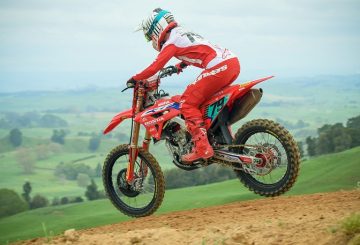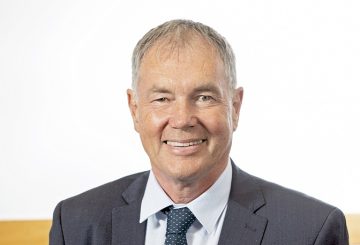Envirohub 베이 오브 플렌티는 패션과 지속 가능성을 연결하는 것을 사명으로 삼고 있습니다.2024년에는 48시간 동안 진행되는 중고 패션 경연대회가 열립니다. 참가자들은 매립지로 향하던 옷으로 웨어러블 의상을 만들어 보는 챌린지를 받게 됩니다.
이 대회는 사람들이 의류 선택이 환경에 미치는 영향을 더 잘 인식할 수 있도록 하는 것을 목표로 합니다.Envirohub BOP 프로젝트 코디네이터인 Milly McHardie에 따르면 매년 약 6000개의 섬유 폐기물 선적 컨테이너가 뉴질랜드 매립지로 보내집니다.이번 대회는 의류를 업사이클링하여 버리는 대신 새로운 삶을 살게 하는 것이 일상 생활의 일부가 될 수 있다는 것을 보여주고자 합니다.
사람들은 7월 5일까지 Envirohub BOP 웹 사이트에서 대회에 등록할 수 있습니다.대회는 7월 6일에 시작되며, 참가자들은 중고품 매장에서 팔리지 않은 옷을 받는 자선 단체인 Turning Point Trust에서 의류를 선택합니다.그러면 참가자들은 48시간 동안 이 옷을 새 옷으로 갈아입어야 합니다.
대회는 고등학생과 일반인 두 부문으로 나뉘어 진행됩니다.올해의 주제는 “나의 겨울 옷장”입니다.참가자들은 집에서 따뜻하게 지낼 때나 외출할 때 입을 때 입을 수 있는 이상적인 겨울 의상을 디자인하는 것이 좋습니다.
완성된 의상은 7월 8일까지 Envirohub BOP에 제출해야 합니다.패션쇼와 시상식이 7월 27일에 타우랑가의 더 카고 셰드에서 열릴 예정입니다.응모작은 착용감, 구조, 창의성, 주제 준수 및 지속 가능성을 기준으로 심사됩니다.
상금은 두 부문 모두에서 제공되며, 수상자에게는 250달러, 준우승자에게는 100달러가 수여됩니다.쇼가 끝난 후에는 지속 가능한 패션의 메시지를 더욱 알리기 위해 의상을 대중에게 선보일 예정입니다.



















































-360x245.jpg)










